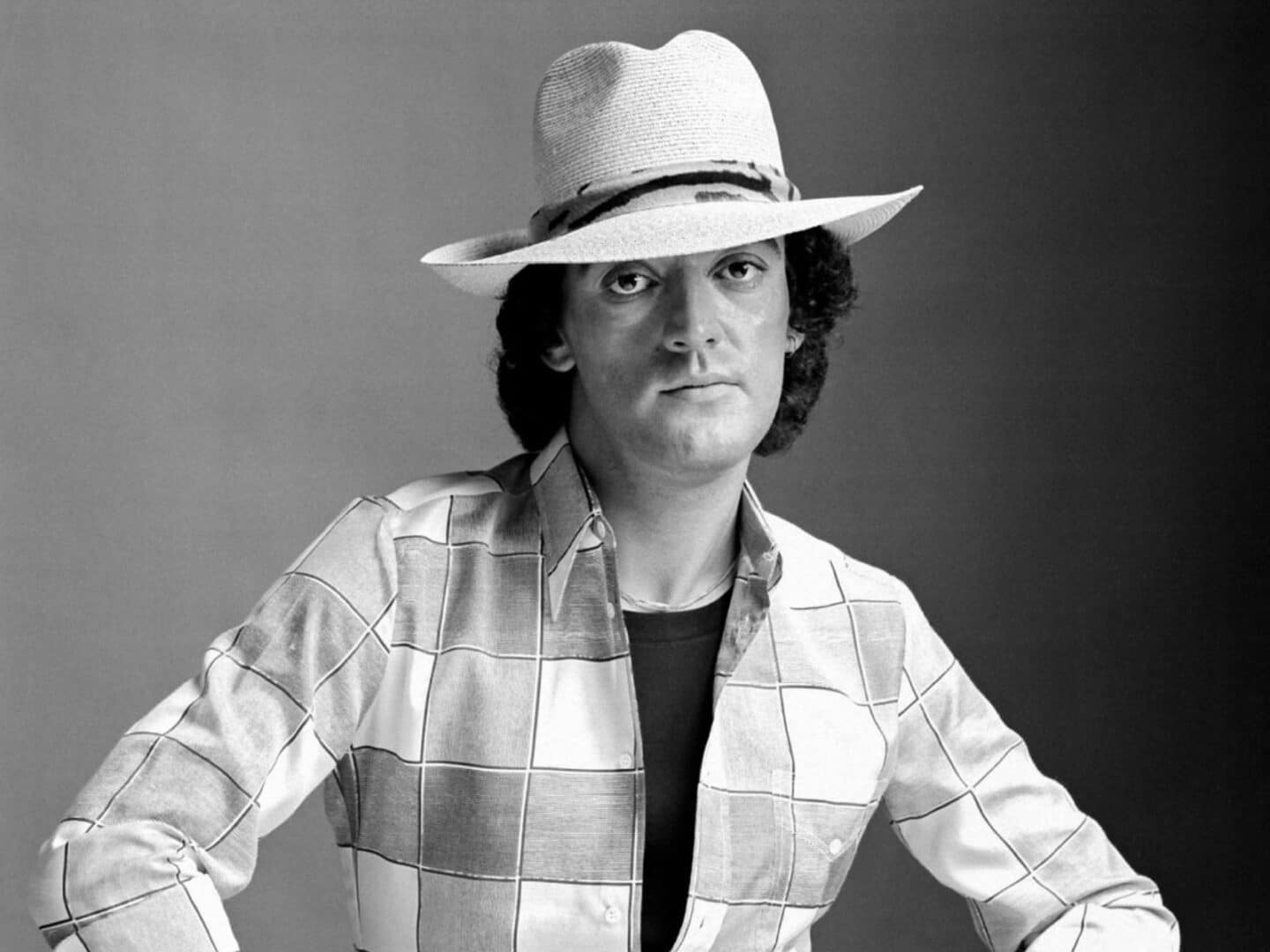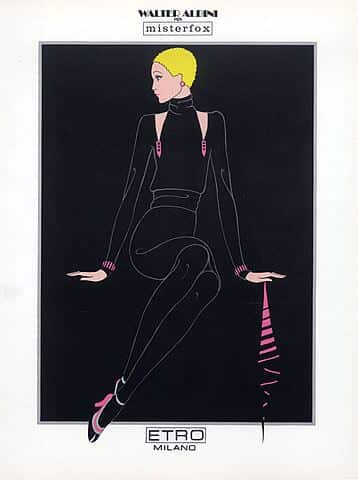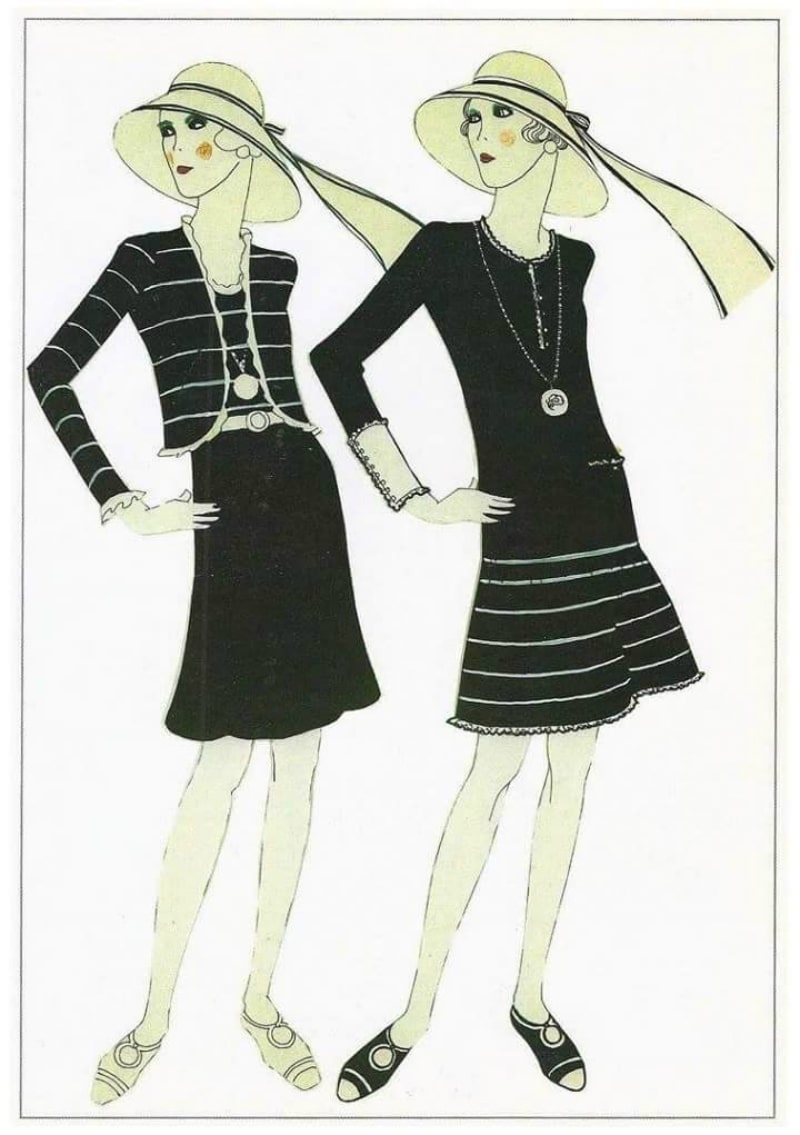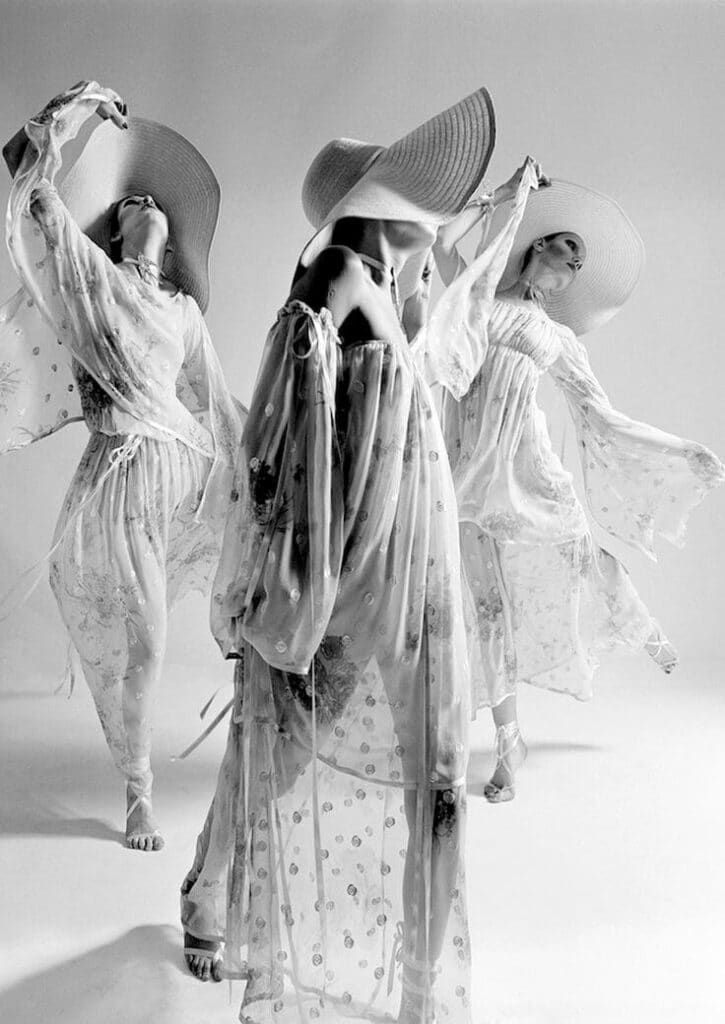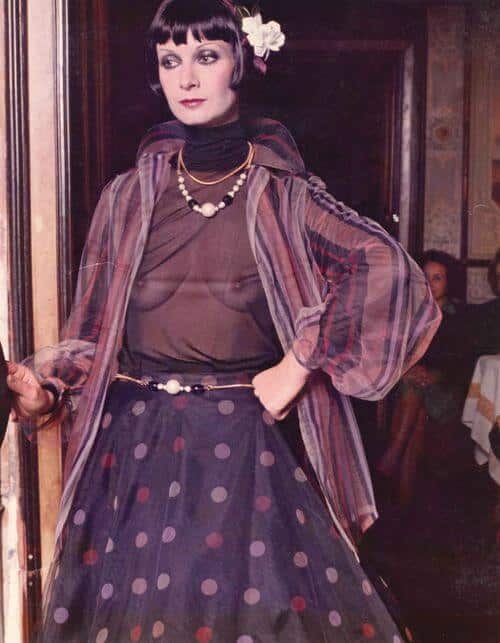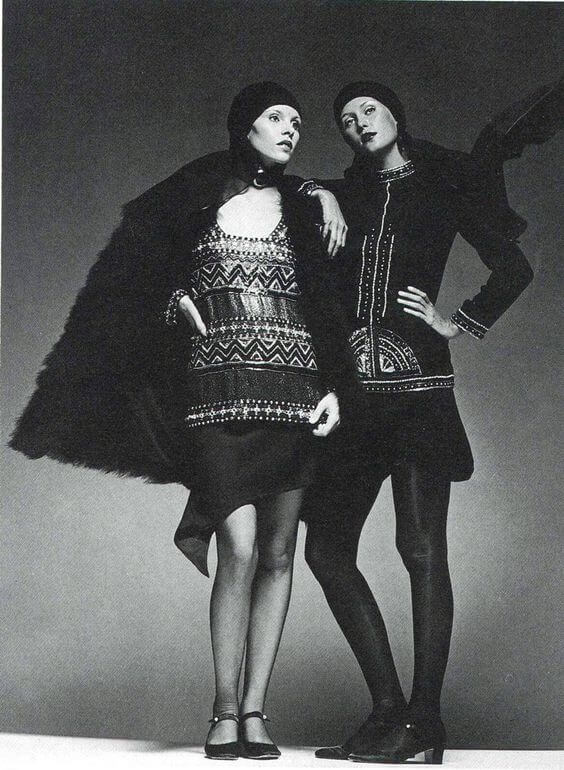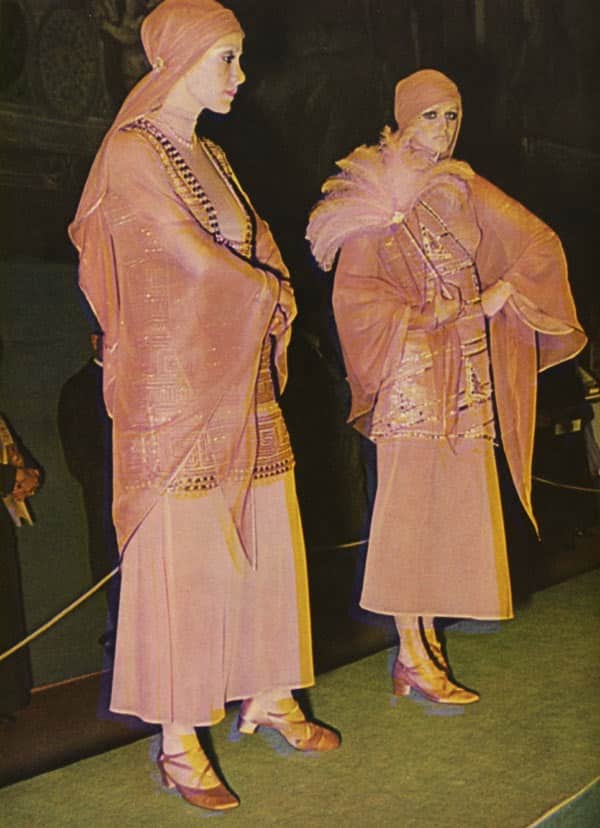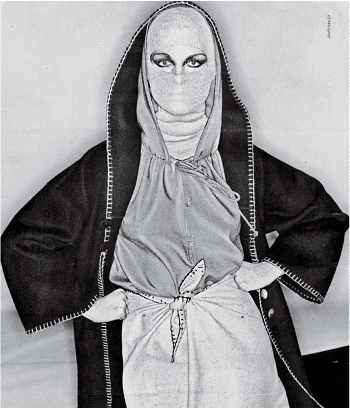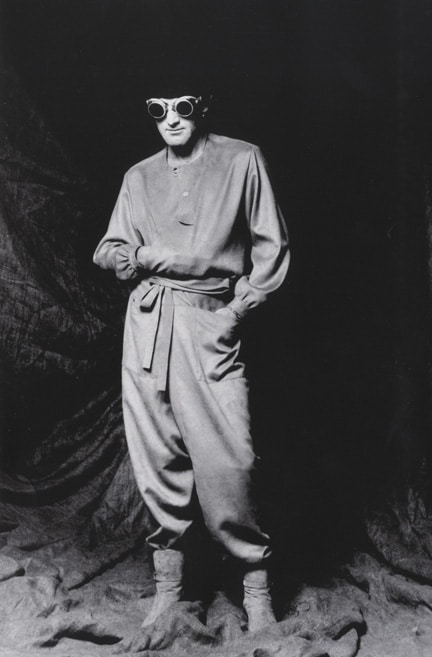The investment platform Bidayat acquired the intellectual property and a substantial part of the archives of Italian fashion designer Walter Albini, who gained fame between the mid-1960s and early 1980s, and plans to relaunch the brand.
Surely when you read the news, the name Walter Albini didn’t mean anything to you. But don’t worry, because here we are to tell you who the designer was and why he was so important.
A great illustrator
As a teenager, Albini was the only male student to enroll at the Institute of Art, Design and Fashion in Turin, Italy. At 17, he became an illustrator of haute couture fashion shows for newspapers and magazines, first from Rome, then as a correspondent for Paris Haute Couture. He was a great illustrator for brands and magazines for a long time.
During the time she worked in the French capital, two encounters changed her life. One was with Coco Chanel, and the second with Mariuccia Mandelli, designer of Krizia. The designer, who also had Karl Lagerfeld working with her, convinced him to change course and return to Italy to design knitwear for her.
First on the Milan runway
Walter Albini was responsible for the fashion center moving from Florence to Milan.
In 1971, at the Circolo del Giardino Albini arrived to present FW72 as the sole designer behind five different houses, each specializing in different, very specific categories. The fashion show unveiled 100 looks from the brands Basile, Escargots, Callaghan, Misterfox and Diaman.
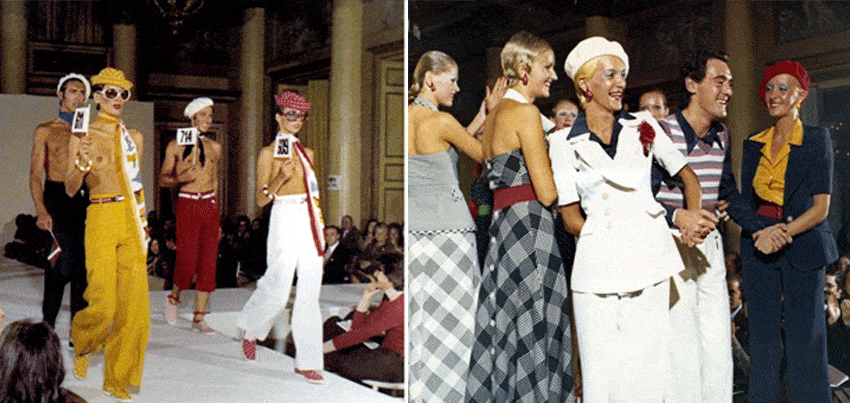
A revolutionary movement that the other houses soon copied, making Milan the new center of Italian fashion. A city that continues to host the fashion week to this day.
In keeping with his groundbreaking character, Albini launched his “Great Gatsby” collection in 1973 in London. Since then, he continued to experiment, organizing catwalks in unlikely venues such as the historic Caffé Florian in Venice or organizing exhibitions such as the one at the Eros Gallery in Milan.
A genius without financial backing
Walter Albini’s fame is linked to many disciplines, not just simple design. Today we know many 360º creative directors like the latter Virgil Abloh or Rick Owens, but in the 1970s it was Albini who embodied this character. Brilliant and transgressive, the creative was the pioneer of Italian ready-to-wear and the whole world was talking about made in Italy thanks to his work. He was the figure who established and directed the universe of fashion collections, including accessories, on their way from the catwalk to the moment of purchase. He not only designed the clothes but also the space in which they were displayed and put on sale.
To Walter Albini we owe the ‘unstructured jacket’, the concept of the total look and a sophistication that celebrated the 1920s and 1930s, very much in line with Chanel. Like Gabrielle, Albini also played with gender identity, and just as she adapted men’s fashion to women’s fashion, Albini also did so by inverting gender dress as it was known.
Unfortunately, he never had financial support from any businessman, so the designer always had to collaborate on other projects to make ends meet. His untimely death at the age of 42 also put him in the shadows, but it seems that time is over.
Walter Albini’s comeback follows others such as Schiapparelli or Courrèges, who have experienced a new golden era since his return.
Sigue toda la información de HIGHXTAR desde Facebook, Twitter o Instagram
You may also like...
